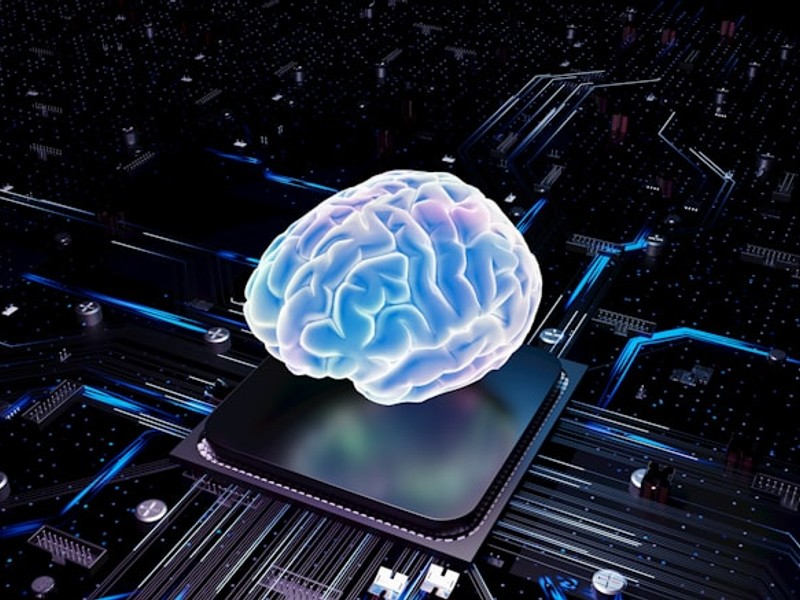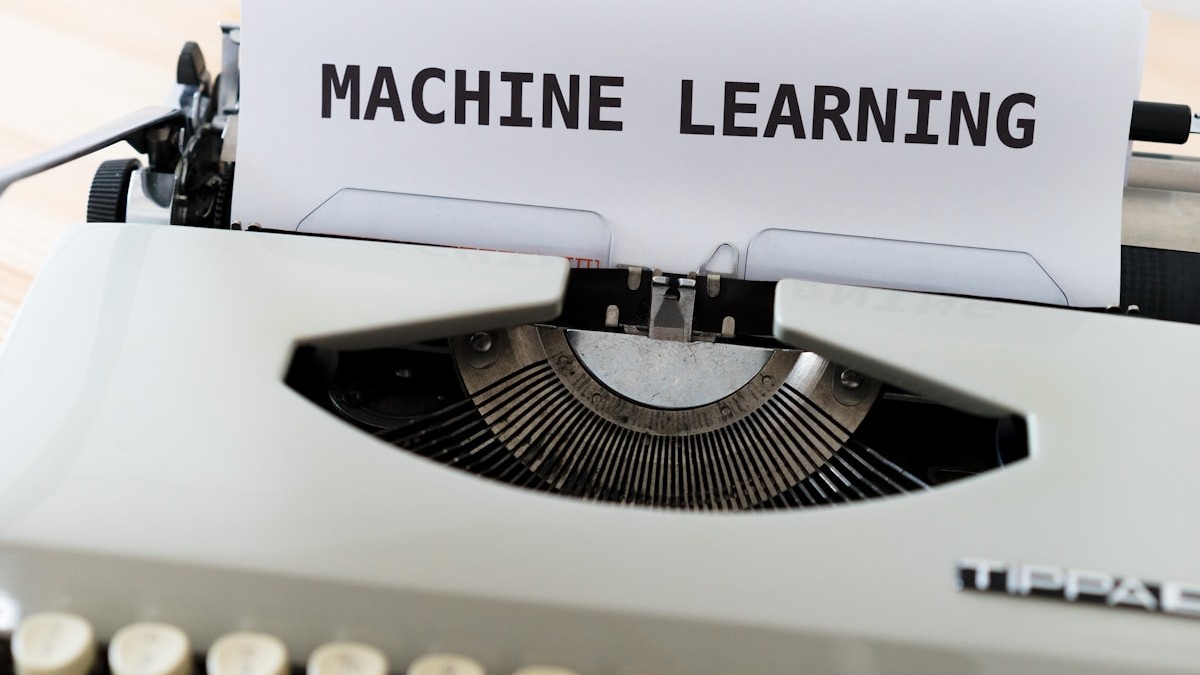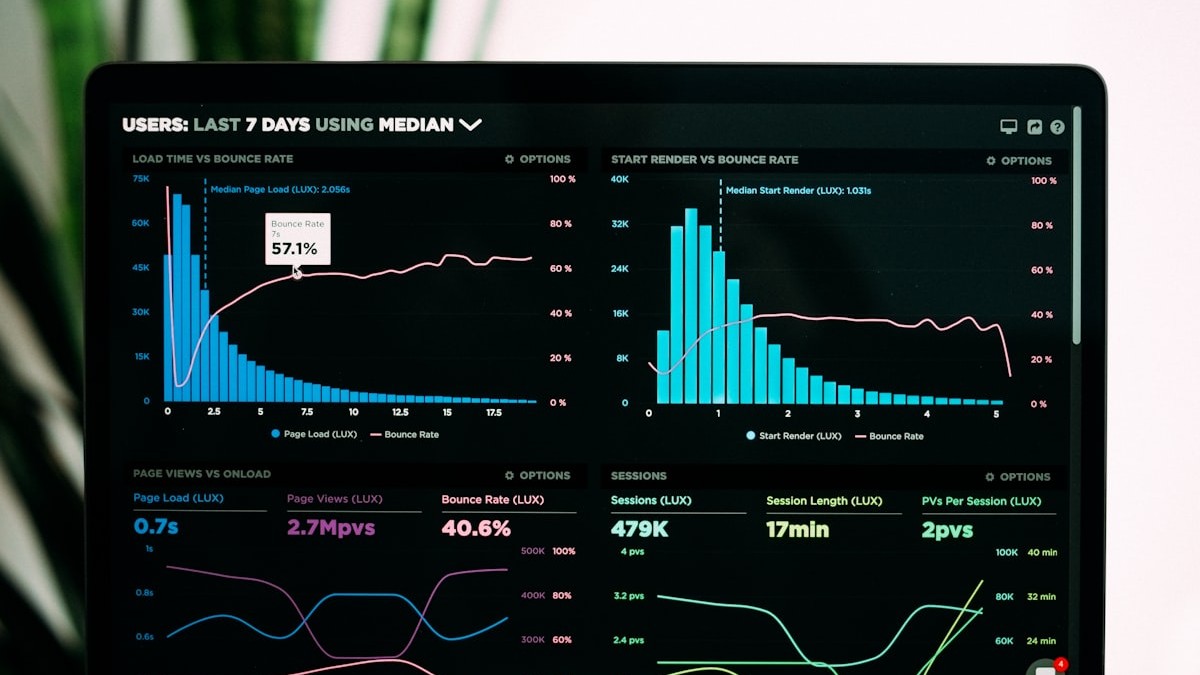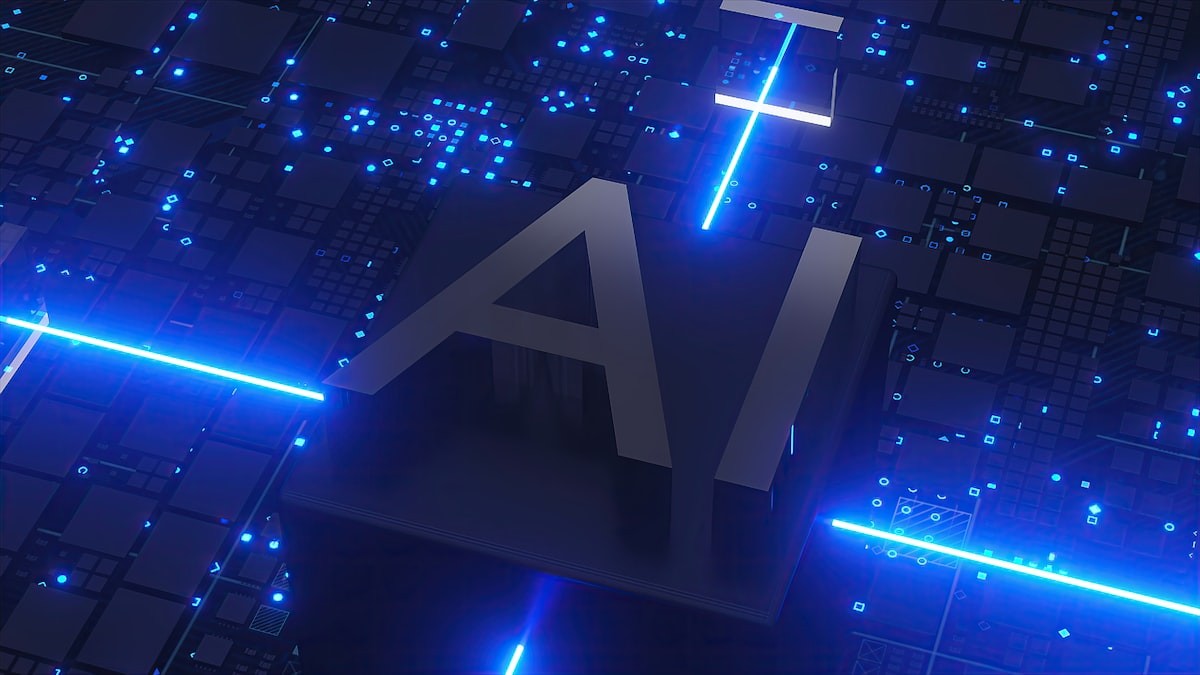AI Workflow Automation: Boost Productivity & Efficiency
In today's fast-paced business environment, efficiency is paramount. AI workflow automation is emerging as a game-changer, empowering organizations to streamline operations, reduce costs, and improve overall productivity. This article explores the practical applications, current trends, and the transformative potential of leveraging artificial intelligence to automate your workflows.
1. Understanding AI Workflow Automation

AI Workflow Automation: Boost Productivity & Efficiency - Image 1
AI workflow automation combines the power of artificial intelligence with traditional workflow automation techniques. It goes beyond simple task automation by incorporating AI capabilities such as machine learning, natural language processing (NLP), and computer vision to handle complex, data-driven processes. This allows for dynamic decision-making, intelligent routing, and continuous improvement of workflows.
What is Workflow Automation?
Workflow automation involves using technology to automate repetitive, manual tasks within a business process. This can include tasks like data entry, document routing, approvals, and notifications. Traditional workflow automation relies on predefined rules and triggers.
The AI Advantage: Intelligent Automation
AI elevates workflow automation by adding intelligence and adaptability. AI-powered workflows can:
- Learn and Adapt: Machine learning algorithms can analyze data and identify patterns, allowing the workflow to optimize itself over time.
- Handle Unstructured Data: NLP and computer vision enable AI to process unstructured data like emails, documents, and images, extracting relevant information and triggering actions.
- Make Decisions: AI can make intelligent decisions based on data analysis and pre-defined criteria, reducing the need for human intervention.
- Improve Accuracy: AI algorithms can reduce errors and improve the accuracy of data processing.
2. Practical Applications of AI Workflow Automation
AI workflow automation is transforming various industries. Here are some practical examples:
Customer Service
- Automated Chatbots: AI-powered chatbots can handle customer inquiries, provide instant support, and resolve simple issues without human intervention. They can also route complex issues to human agents.
- Sentiment Analysis: AI can analyze customer feedback and identify negative sentiment, allowing businesses to proactively address customer concerns.
- Personalized Recommendations: AI can analyze customer data to provide personalized product recommendations and offers.
Finance
- Invoice Processing: AI can automate the process of extracting information from invoices, matching them to purchase orders, and routing them for approval.
- Fraud Detection: AI algorithms can analyze financial transactions and identify suspicious patterns, helping to prevent fraud.
- Financial Reporting: AI can automate the generation of financial reports, providing real-time insights into business performance.
Healthcare
- Patient Scheduling: AI can optimize patient scheduling, reducing wait times and improving patient satisfaction.
- Medical Diagnosis: AI can assist doctors in diagnosing diseases by analyzing medical images and patient data. (Note: AI is a tool, not a replacement for medical professionals.)
- Drug Discovery: AI can accelerate the drug discovery process by analyzing vast amounts of data and identifying potential drug candidates.
Human Resources
- Recruiting: AI can automate the screening of resumes, identifying qualified candidates, and scheduling interviews.
- Employee Onboarding: AI can automate the onboarding process, providing new employees with the necessary information and resources.
- Performance Management: AI can analyze employee performance data and identify areas for improvement.
Supply Chain Management
- Demand Forecasting: AI can analyze historical data to predict future demand, allowing businesses to optimize inventory levels.
- Logistics Optimization: AI can optimize logistics routes, reducing transportation costs and improving delivery times.
- Predictive Maintenance: AI can analyze sensor data to predict equipment failures, allowing businesses to perform preventative maintenance and avoid downtime.
3. Benefits of Implementing AI Workflow Automation
Implementing AI workflow automation offers numerous benefits:
- Increased Efficiency: Automating repetitive tasks frees up employees to focus on more strategic and creative work.
- Reduced Costs: Automation reduces labor costs and minimizes errors, leading to significant cost savings.
- Improved Accuracy: AI algorithms can process data with greater accuracy than humans, reducing the risk of errors.
- Enhanced Productivity: Automation accelerates workflows and improves overall productivity.
- Better Customer Experience: AI-powered customer service solutions can provide faster and more personalized support, improving customer satisfaction.
- Data-Driven Decision Making: AI provides valuable insights into business processes, enabling data-driven decision making.
- Scalability: AI-powered workflows can easily scale to meet changing business needs.
4. Current Trends in AI Workflow Automation (2024/2025)
The field of AI workflow automation is constantly evolving. Here are some key trends to watch in 2024 and 2025:
- Hyperautomation: This trend involves automating as many business and IT processes as possible, using a combination of AI, robotic process automation (RPA), and other technologies. Hyperautomation aims to create a fully automated and integrated enterprise.
- Low-Code/No-Code Platforms: These platforms allow businesses to build and deploy AI-powered workflows without requiring extensive coding skills. This makes AI more accessible to a wider range of users.
- Process Mining: This technology uses data to discover, monitor, and improve business processes. Process mining can help businesses identify bottlenecks and inefficiencies in their workflows and optimize them using AI.
- AI-Powered RPA: Combining AI with RPA enhances the capabilities of robotic process automation, allowing bots to handle more complex and unstructured tasks.
- Edge AI: Processing AI models at the edge of the network (e.g., on mobile devices or sensors) reduces latency and improves privacy. This is particularly useful for applications like real-time video analytics and predictive maintenance.
5. Choosing the Right AI Workflow Automation Tools
Selecting the right AI workflow automation tools is crucial for success. Consider the following factors:
- Business Needs: Identify the specific business processes you want to automate and choose tools that are well-suited for those processes.
- Integration Capabilities: Ensure that the tools can integrate with your existing systems and applications.
- Ease of Use: Choose tools that are easy to use and require minimal coding skills.
- Scalability: Select tools that can scale to meet your growing business needs.
- Security: Ensure that the tools provide adequate security to protect your data.
- Pricing: Compare the pricing of different tools and choose one that fits your budget.
Some popular AI workflow automation platforms include:
- UiPath
- Automation Anywhere
- Microsoft Power Automate
- Workato
- IBM Automation
6. Implementing AI Workflow Automation: A Step-by-Step Guide
Implementing AI workflow automation requires careful planning and execution. Here's a step-by-step guide:
- Identify Processes: Identify the business processes that are good candidates for automation. Focus on processes that are repetitive, manual, and data-driven.
- Define Goals: Define clear goals for the automation project. What do you want to achieve? (e.g., reduce costs, improve efficiency, enhance customer satisfaction)
- Map the Workflow: Map out the existing workflow, identifying all the steps and dependencies.
- Choose the Right Tools: Select the appropriate AI workflow automation tools based on your business needs and technical capabilities.
- Design the Automated Workflow: Design the automated workflow, incorporating AI capabilities such as machine learning and NLP.
- Develop and Test: Develop and test the automated workflow thoroughly to ensure that it is working correctly.
- Deploy and Monitor: Deploy the automated workflow and monitor its performance. Make adjustments as needed to optimize its effectiveness.
- Train Employees: Train employees on how to use the new automated workflow.
7. Overcoming Challenges in AI Workflow Automation
Implementing AI workflow automation can present some challenges:
- Data Quality: AI algorithms require high-quality data to perform effectively. Poor data quality can lead to inaccurate results and ineffective automation.
- Integration Issues: Integrating AI-powered workflows with existing systems can be complex and challenging.
- Lack of Skills: Implementing and maintaining AI workflows requires specialized skills, such as data science and machine learning.
- Resistance to Change: Employees may resist the adoption of AI-powered workflows, fearing job displacement or difficulty adapting to new processes.
- Ethical Considerations: It's important to consider the ethical implications of AI workflow automation, such as bias in algorithms and the potential for job displacement.
To overcome these challenges, businesses should focus on:
- Data Governance: Implementing strong data governance policies to ensure data quality.
- Integration Planning: Carefully planning the integration of AI workflows with existing systems.
- Skills Development: Investing in training and development to build the necessary skills.
- Change Management: Implementing effective change management strategies to address employee concerns.
- Ethical Frameworks: Developing ethical frameworks to guide the development and deployment of AI-powered workflows.
8. The Future of AI Workflow Automation
The future of AI workflow automation is bright. As AI technology continues to advance, we can expect to see even more sophisticated and powerful automation solutions emerge. Some potential future developments include:
- More Intelligent Automation: AI algorithms will become even more intelligent, enabling them to handle more complex and nuanced tasks.
- Self-Learning Workflows: Workflows will become more self-learning, automatically adapting and optimizing themselves based on data analysis.
- Human-AI Collaboration: AI will increasingly be used to augment human capabilities, rather than replace them. Human-AI collaboration will lead to more efficient and effective workflows.
- Democratization of AI: AI tools will become more accessible to a wider range of users, enabling businesses of all sizes to leverage the power of AI.
AI workflow automation is poised to revolutionize the way businesses operate. By embracing this technology, organizations can unlock significant gains in efficiency, productivity, and profitability.
Conclusion
AI workflow automation is no longer a futuristic concept; it's a present-day reality transforming businesses across industries. By understanding its principles, practical applications, and current trends, you can strategically implement AI-powered workflows to boost productivity, reduce costs, and gain a competitive edge. Embrace the power of AI and automate your way to success!
Ready to transform your business with AI workflow automation? Contact us today for a consultation and learn how we can help you implement customized solutions tailored to your specific needs.
FAQ
Q: What is AI workflow automation?
A: AI workflow automation combines traditional workflow automation with artificial intelligence to automate complex, data-driven processes, enabling dynamic decision-making and continuous improvement.
Q: What are the benefits of AI workflow automation?
A: Key benefits include increased efficiency, reduced costs, improved accuracy, enhanced productivity, better customer experience, and data-driven decision-making.
Q: What are some practical applications of AI workflow automation?
A: Applications span various industries and include customer service (chatbots), finance (invoice processing), healthcare (patient scheduling), HR (recruiting), and supply chain management (demand forecasting).
Q: What are the current trends in AI workflow automation?
A: Current trends include hyperautomation, low-code/no-code platforms, process mining, AI-powered RPA, and edge AI.
Q: How do I get started with AI workflow automation?
A: Start by identifying processes to automate, defining goals, mapping the workflow, choosing the right tools, designing the automated workflow, and then developing, testing, deploying, and monitoring the system while training employees.



